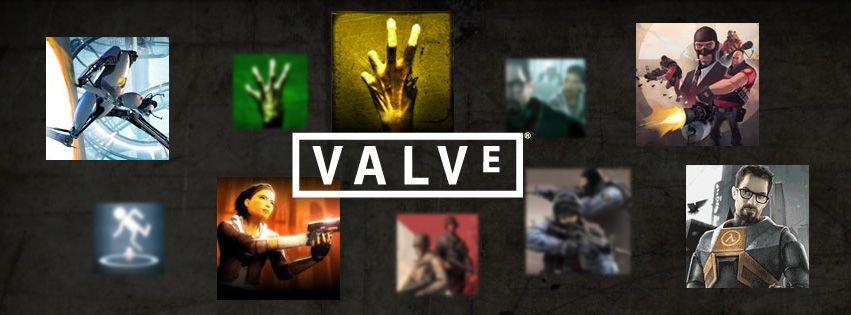Valve: collaboration with users is vital
It may sound cheesy, but it's the truth, Gabe Newell says.

Valve's relationship with its customers is a constant collaboration, cofounder Gabe Newell told The Washington Post in a new interview. He said the arrival of the Internet forever changed the relationship service providers like Valve have with their customers, and that consumers themselves are now a very important part of the experience overall.
"The lines are a lot blurrier between who is a customer and who is a creator. It used to be it was pretty easy, right? You make cars, you send them out to some form of indirect distribution, and customers buy them, and you basically never hear from them again," Newell said. "Whereas in our world, sometimes people are producing as much as they are consuming in the experience. If you look at a multiplayer game, it's the people who are playing the game who are often more valuable than all of the animations and models and game logic that’s associated with it."
Newell went on to say that though it may sound a bit cheesy, he believes that the experiences Valve creates are "really a collaboration between all of the members of the community." He pointed out that fostering this kind of collaborative relationship with consumers is especially vital today when users are able to sell their digital creations--as users can via Steam.
"When you have kids making six-figure incomes making art assets inside the framework that you created and they're able to sell digital goods and services around the world, it's pretty concrete that you have to recognize that you are in a partnership with your customers," Newell said. "It's always a collaboration."
Another area of Valve's business that thrives on collaboration with users is game design, Newell said.
"You can't pretend that it's just a canonical experience that lives in your head and is violated by being turned into bits, and a customer's job is to approach it and try to understand the auteur's vision of the experience," he said. "If you come to it with that sort of model, you'll never ship a game. So the useful thing about having to recognize that you're collaborating just to even ship the simplest kind of game is that it starts making you think about all of the other ways you should be collaborating with your customers."
This level of collaboration between Valve and its customers is beneficial for both groups, Newell said. The consumers largely get what they want, and Valve stands to make more money, he said.
"What we've always found is that the closer we are to our customers, the more introspection we have into their choices and values, the more money we make," Newell said. "One of the biggest things about Steam was that it was the tool that we needed in order to do that."
Thanks to the arrival of Steam, Valve can receive feedback from potentially millions of users in a matter of minutes, Newell said. "Being able to have that for everything you do is insanely valuable. All of a sudden you're no longer dancing in the dark with over mitts on--you can actually see how your audience and your customer base is reacting to what you've done, riffing on it, and extending it," he said.
Last night during the 2014 Consumer Electronics Show, Valve officially announced 13 third-party Steam Machines, revealing the various systems' prices, images, and specs. For more, Check out our roundup and a video from the event below.
Fallout 4 Next Gen Update Comparison Stellar Blade - Hard Mode No Damage Gigas Boss Gameplay Stellar Blade - Hard Mode No Damage Abaddon Boss Gameplay Stellar Blade - (Almost) All Outfits Granblue Fantasy: Relink - New Content Trailer Modern Warfare III - New Season 3 Reloaded Modern Warfare Zombies Update Oculus Rift vs. Sony's HMZ-T3Q - CES 2014 Oculus Plus Virtuix Omni Treadmill Equals Holodeck - CES 2014 CES for Gamers in 60 Seconds - Part 2 Updated RetroN 5 Spotted on the Show Floor - CES 2014 Top 5 Gaming Innovations - CES 2014 Steam Machines Breakdown - CES 2014
Please enter your date of birth to view this video
By clicking 'enter', you agree to GameSpot's
Terms of Use and Privacy Policy
Got a news tip or want to contact us directly? Email news@gamespot.com
Join the conversation